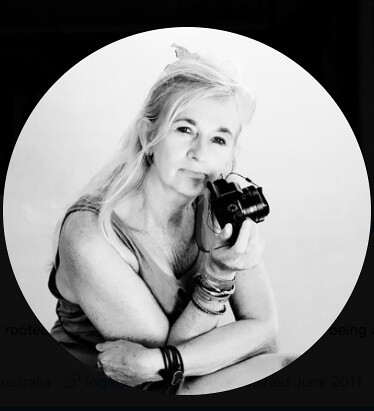Ingetje Tadros occupies a unique place in the world of social documentary photography, capturing the triumphs, tragedy and diversity of people's lives through her intuitive storytelling.
With a passion deeply rooted in humanitarian causes, her photography is often confronting and provocative to evoke a powerful message, telling people's stories firstly at a community level and then to provide a conduit for communication between different cultures on a global platform.
Born in Holland, in her formative years Ingetje was always documenting the life of people around her, ultimately combining her passion for photography and travel to where her work now takes her around the globe.
Her creative vision has been the driver to authoring several documentary projects as diverse as Mental Health in Bali, Leprosy in India, Trans-sexuality in Asia and Death Rituals in Egypt. Ingetje's recent documentation of Kennedy Hill and important work This Is My Country involved documenting the complexities of race and culture of Australia's indigenous people - the Aboriginals.
She has worked on assignments for some of the world's best known online and print magazines. Her clients have included STERN, Amnesty International, Fairfax Media, Sydney Morning Herald, Australian Geographic, The Australian, The Internationalist, News Corp, Getty Images, Daily Mail, DOC Magazine and many more.
Recent publications include This is My Country in STERN (2016), Kennedy Hill (Fairfax Media 2015),
Caged Humans in Bali Ingetje's work has been recognised by a number of photography's most prestigious honours.
These include: Winner ANI-PixPalace Award 2016, Winner Walkley Award 2015 (the Australian equivalent of the Pulitzer Prize), Finalist FotoEvidence Book Award 2016, Winner Amnesty International Media Awards 2015, Winner Best Feature Photographic Essay at the 2015 West Australian Media Awards, Finalist in the United Nations Association of Australia Media Peace Awards 2015, Digital display at The Louvre in Paris 2015, Winner 'Best Photojournalism Award' United Nations (UNAA) Media Awards 2014, LensCulture Visual Story Telling Award 2014, The Juliet Margaret Cameron Award for Women 2013 and 2019 (UK)
